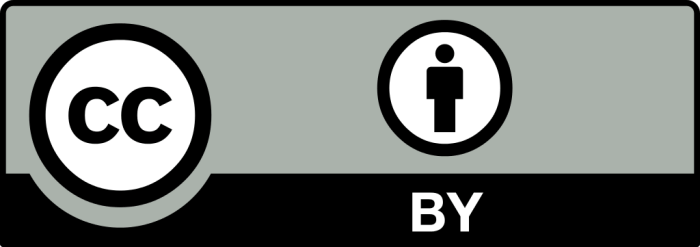Curating as Research
In recent years, curating seems to have become a flourishing practice; everything seems to be curated today: meals, music, marriage ceremonies. But beyond these inflationary uses, the professional curation of museums, exhibitions, or collections has also received increased attention — the arena where curating as research and means in the production of knowledge comes to the fore. University courses in traditional curating are booming, but there is little academic literature on the subject, and it often remains vague as to what the role of the curator and their methods and repertoire of tools might look like. For me as an artist, curator, and academic, but also for the research area ‘Visual and Material Culture,’ these questions, as well as how curatorial practice relates to academic work, are of central concern.
The tasks and missions of curators are manifold: they develop and define topics, they explore relevant (artistic) material and follow up on the current state of research, they interpret and contextualize objects, and establish connections between individual exhibits and artistic positions. In what could be described as a pedagogical role, they present and explain central ideas of an exhibition and relate the individual stories of artifacts to a wider (specialized and non-specialized) public. These functions could be summarized in terms of the emergence of meta-narratives: curators here function as meta-authors who propose a vantage point for a reading or perception of the material within a special contextual framework. In this layout of the basic tasks and responsibilities of a curator, the analogy to academic work becomes obvious. So is it only a different mode of knowledge production directed at a different form of presentation?
Judging from my experience as a curator of gallery projects and exhibition series in diverse venues and places, the curatorial approach shows some essential differences. The defining categories of curatorial work — often underestimated by academic research — are space and the material presence of artifacts, as well as the non-linearity of presentation. This allows for establishing connections through analogy and opposition, through aesthetic and temporal properties, and through multi-media environments that incorporate visual, textual, and material items. A less hierarchical, associative experience can open up subjective readings, or rather perceptions and perspectives. The exhibits maintain their, often conflicting, explanatory power, and their strong voices within the overall symphony of the presentation. This openness in the curatorial approach, however, also entails the risk of losing control over the meta-narrative and the individual positions and artifacts. Thus, within this openness, it is of paramount importance to maintain and articulate a standpoint in curatorial practice that necessarily entails the negotiation of values and the creation of meaning. What is sometimes criticized as a lack of authoritative power and shallowness of research in curatorial work can, on the contrary, be understood as an advantage: rather than providing structured arguments in the direction of a hypothesis, curatorial projects can be effective means of posing questions, raising awareness, and initiating discussions. Rather than as agents in the production of factual knowledge, curators could be described as moderators in the emergence of insights and perspectives and facilitators in the establishing of individual positions and attitudes.
In order to negotiate my work as artist and academic — practice and theoretical reflection — the role of the curator poses a suitable vantage point. It provides a middle ground that allows for more open ways of addressing material and the inclusion of more practice-based work. Through its polyphonic nature, it challenges the linearity and decisiveness of academic reasoning and allows for a less hierarchical and a more open-ended and associative occupation with topics, ideas, and artifacts. This does not imply the abandonment of the established and justified methods and practices of academic knowledge production, but curatorial practice might contribute some elements to a more open and practice-based form of academic research.
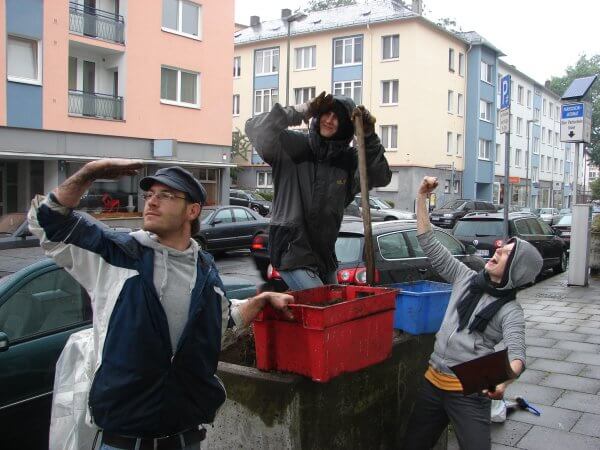
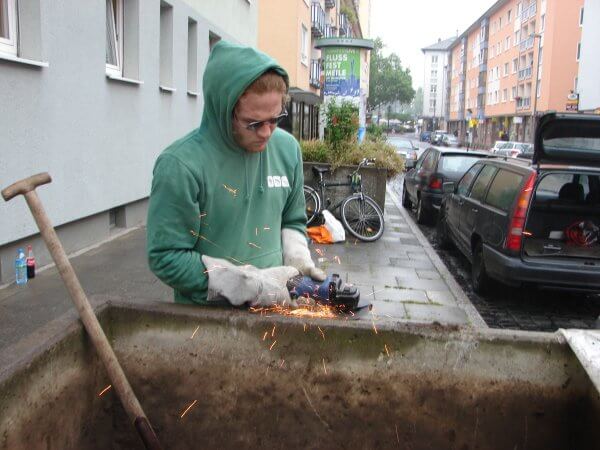
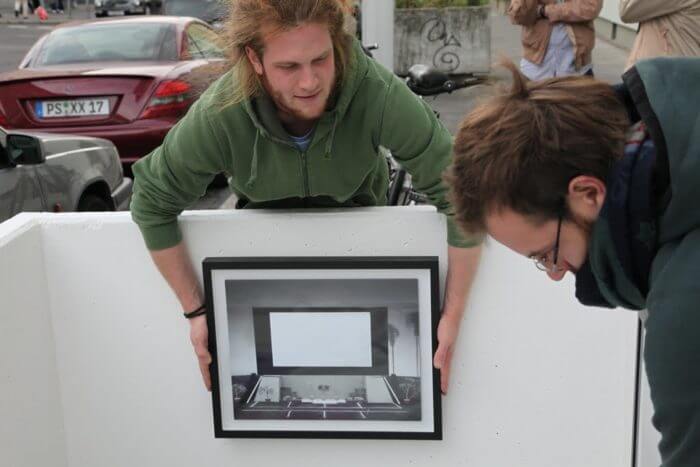
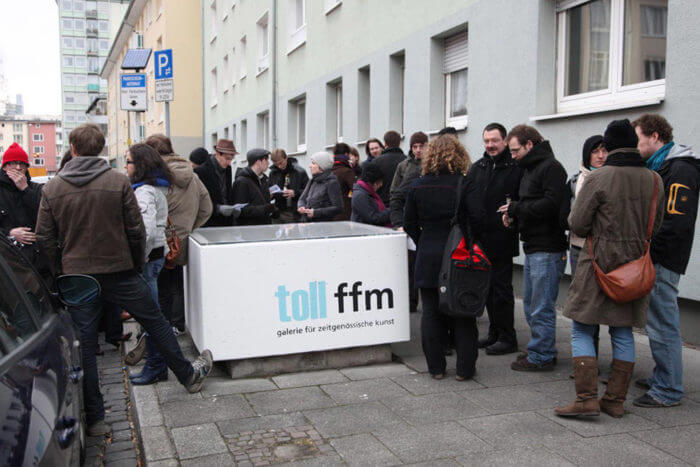
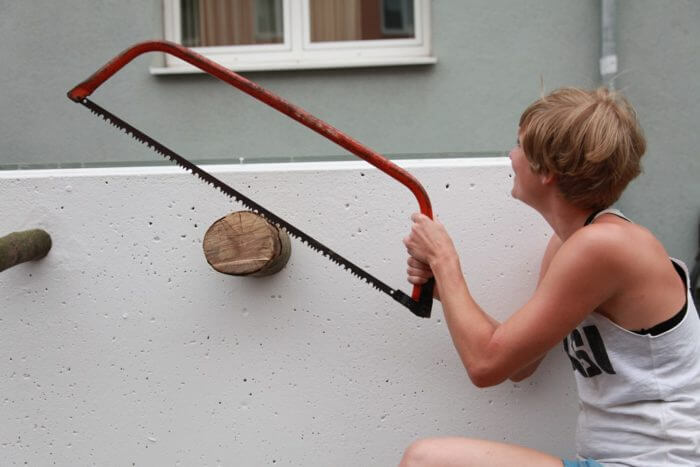
_How to cite
Raul Gschrey. “Curating as Research.” On_Culture: The Open Journal for the Study of Culture 1 (2016). <http://geb.uni-giessen.de/geb/volltexte/2016/12088/>.
